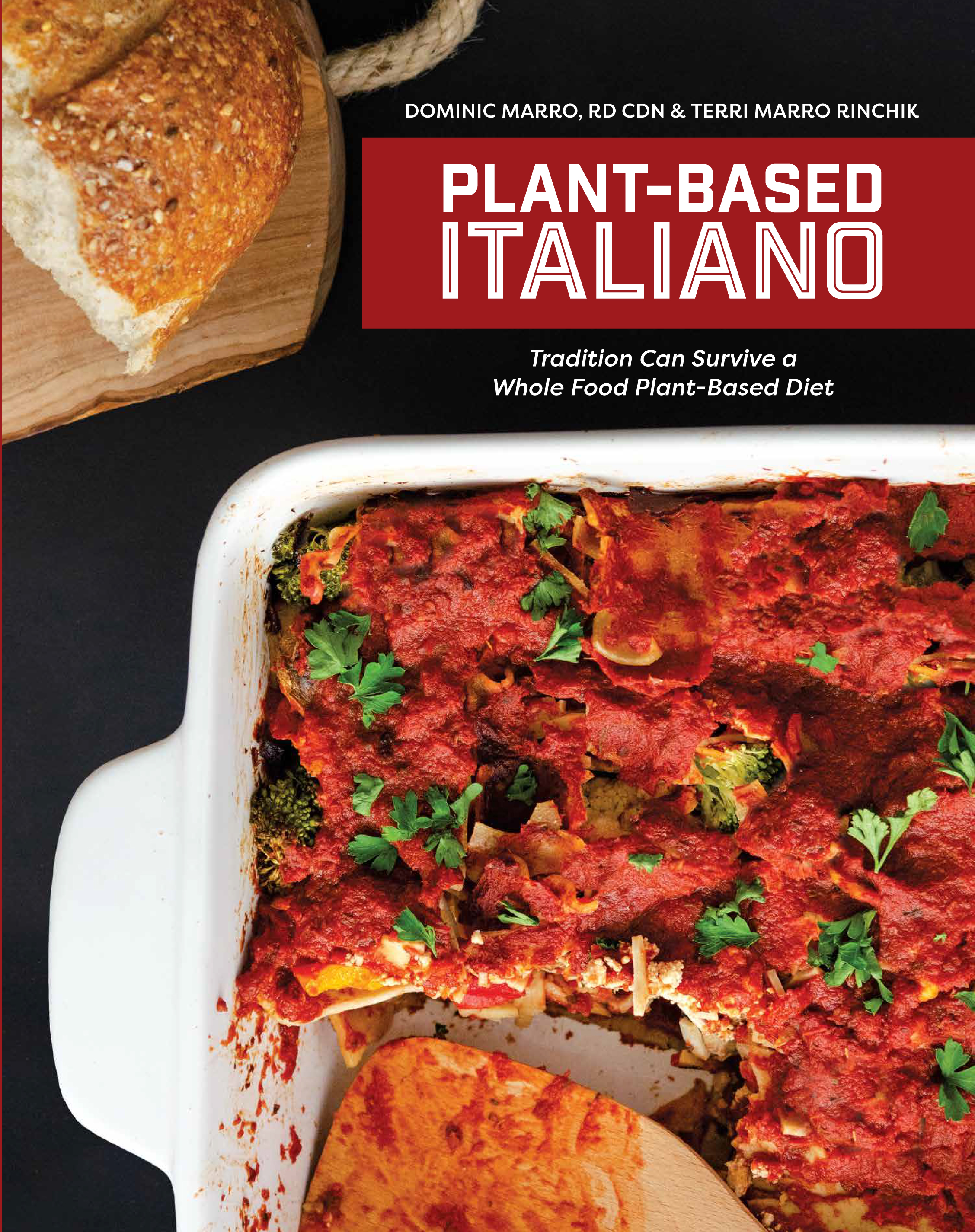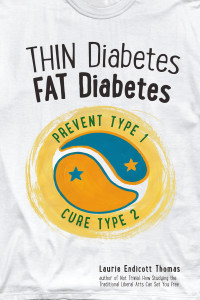For many decades, people seeking to lose weight have used calorie restricted diets that require tedious calorie counting and/or incessant portion control. This approach is successful close to 100% of the time for as long as someone can follow such a regimen.
We’ve known for decades that 95% of dieters fail to maintain their weight loss for 5 years or longer. So if it is someone’s goal to lose weight for a short time in order to slip into a certain outfit, or look better on the beach, a calorie restricted diet, no matter how wacky, can fit the bill. But if someone’s goal is to lose weight and maintain a healthy weight for a lifetime, a calorie restriction, portion control approach is likely doomed to fail. This is why so many people are “yo-yo” dieters. – losing and regaining weight during multiple periods in their lives.
In his presentation called “How to Lose Weight Without Losing your Mind” Dr. Doug Lisle explains why we struggle with our weight (or why some of us don’t) when we all have perfectly designed systems to protect us against weight gain.
The average woman between 20 and 40 years of age gains about 1 lb per year. A 1 lb weight gain in a year results from eating just 10 extra calories per day. Therefore, most people gain weight bit by bit by only slightly overeating, not by massive overeating.
Dr. Lisle shows us that the problem lies in the foods that we have created, foods that are calorie dense and have been stripped of nutrients, fiber and water. Foods like animal products, pizza, ice cream, dessert, burgers, cookies and cheese. Our built-in mechanisms that let us know when we’ve eaten enough were never intended to do battle with the degree of dietary indulgence caused by modern processed foods. Our modern western diet short-circuits these mechanisms and fools our internal calorie counting machinery.
This occurs in three ways: through excessive fat intake, consumption of refined carbohydrates and too many liquid calories. Dr. Lisle points out, “Our modern diet is artificially concentrated with high-calorie animal products, oils, sugar and other refined carbohydrates.” Thus when we eat meat, cheese, oil, chips, soda and white bread, our internal calorie counting systems are easily fooled. What our systems believe to be a 400-500 calorie meal might actually be a 600-700 calorie meal. Over time this miscalculation quickly adds up, and we gain weight.
For a given calorie amount, foods high in calorie density take up less space than foods lower in calorie density (whole plants). Therefore foods like fatty meats, cheeses, and highly processed foods with added fat and sugar do not stretch the stomach as much as whole and minimally processed plant foods for the same amount of calories.
For example, 1 lb of baked potatoes contain 415 calories, whereas less than 1/3 lb. of McDonalds French Fries contains 415 calories. So when we eat foods high in calorie density like French Fries, our stomach’s stretch receptors aren’t stimulated as much as they would be had we consumed the same amount of calories from whole plant foods . Most of us don’t have enough fat receptors to register the fat calories of the french fries to make up for the miscalculation of our stretch receptors. Therefore, when we eat 415 calories of French Fries, most of us think we ate a little less than that.
In addition to wrecking havoc with our satiety mechanisms, foods high in calorie density have addictive effects. They light up the pleasure centers of our brain and, like drugs, once we get habituated to these foods, we need to eat even more for the same pleasure response.
Fat is the most calorically dense substance we can eat and, very often , offers little in nutritional value. Pure sugar, although lower in calorie density than fat, is also a calorically dense, non-nutritious substance.
People who go on calorie restricted weight loss diets without reducing their intake of calorie dense foods (fat and sugar) are in a constant state of hunger because their stomach’s stretch receptors are not stimulated enough. Staying on such an eating regimen for an extended period of time takes superhuman willpower.
Vegetables, fruits, intact whole grains and legumes (beans, peas and lentils) are foods low in calorie density. They also happen to be loaded with fiber, vitamins, minerals, health- promoting phytonutrients and antioxidants.
So the healthiest way to lose weight/maintain weight is to eat a low fat diet that is dominated by whole and minimally processed plant foods.
There is real science that backs up a low-fat approach. The National Weight Control Registry (NWCR) was developed to identify and investigate the characteristics of individuals who have succeeded at long-term weight loss. The NWCR is tracking over 10,000 individuals who have lost significant amounts of weight and kept it off for long periods of time. Detailed questionnaires and annual follow-up surveys are used to examine the behavioral and psychological characteristics of weight maintainers, as well as the strategies they use to maintaining their weight losses.
Registry members have lost an average of 66 lbs and kept it off for 5.5 years. Duration of successful weight loss has ranged from 1 year to 66 years!
Some have lost the weight rapidly, while others have lost weight very slowly–over as many as 14 years.
There is variety in how NWCR members keep the weight off. Most report continuing to maintain a low calorie, *low fat diet and doing high levels of activity.
*(The average percentage of calories coming from fat among NWCR members is 24 %. I would consider this a moderate amount of fat. The average American consumes 34% of total calories as fat)
The NWCR states that successful weight loss maintainers engage in the following:
- eating a low/moderate-fat , low-calorie, diet
- exercising ~ 1 hr/day (≈1 h/d), (90% exercise, on avg. ~1 hour per day)
- eating breakfast regularly, (78% eat breakfast every day.)
- self-monitoring weight, (75% weigh themselves at least once a week)
- maintaining a consistent eating pattern across weekdays and weekends.
NWCR members provide evidence that long-term weight loss maintenance is possible and help identify the specific approaches associated with long-term success.
Findings from the registry suggest six key strategies for long-term success at weight loss:
1) engaging in high levels of physical activity;
2) eating a diet that is low in calories and fat;
3) eating breakfast;
4) self-monitoring weight on a regular basis;
5) maintaining a consistent eating pattern; and
6) catching “slips” before they turn into larger regains.
Losing weight is easy. It really is. Any diet program or crazy fad diet will result in weight loss regardless of whether it’s a healthy diet or not. It also will have a 95% failure rate in the long term. However, a Whole Food Plant Based (WFPB) diet that is low to moderate in fat combined with reasonable exercise gives people the best chance to lose weight in a healthy manner and to maintain weight loss for a lifetime.
A low to moderate fat WFPB diet allows one to eat lots of food while keeping caloric intake at a level that results in healthy weight loss. There is no need for the tedium of counting calories and controlling portions. If you eat a variety of whole to minimally processed plant foods, your body will do all of the math for you. It will do the math not only for calories and fat, but for many other nutrients as well.
References – Wing RR, Phelan S. Long Term Weight Loss Maintenance. American Journal of Clinical Nutrition ; 2005; 82: 2225 -2255






 E Excerpt from Laurie Endicott Thomas’s amazing book Thin Diabetes – Fat Diabetes by clicking here!
E Excerpt from Laurie Endicott Thomas’s amazing book Thin Diabetes – Fat Diabetes by clicking here!
Speak Your Mind